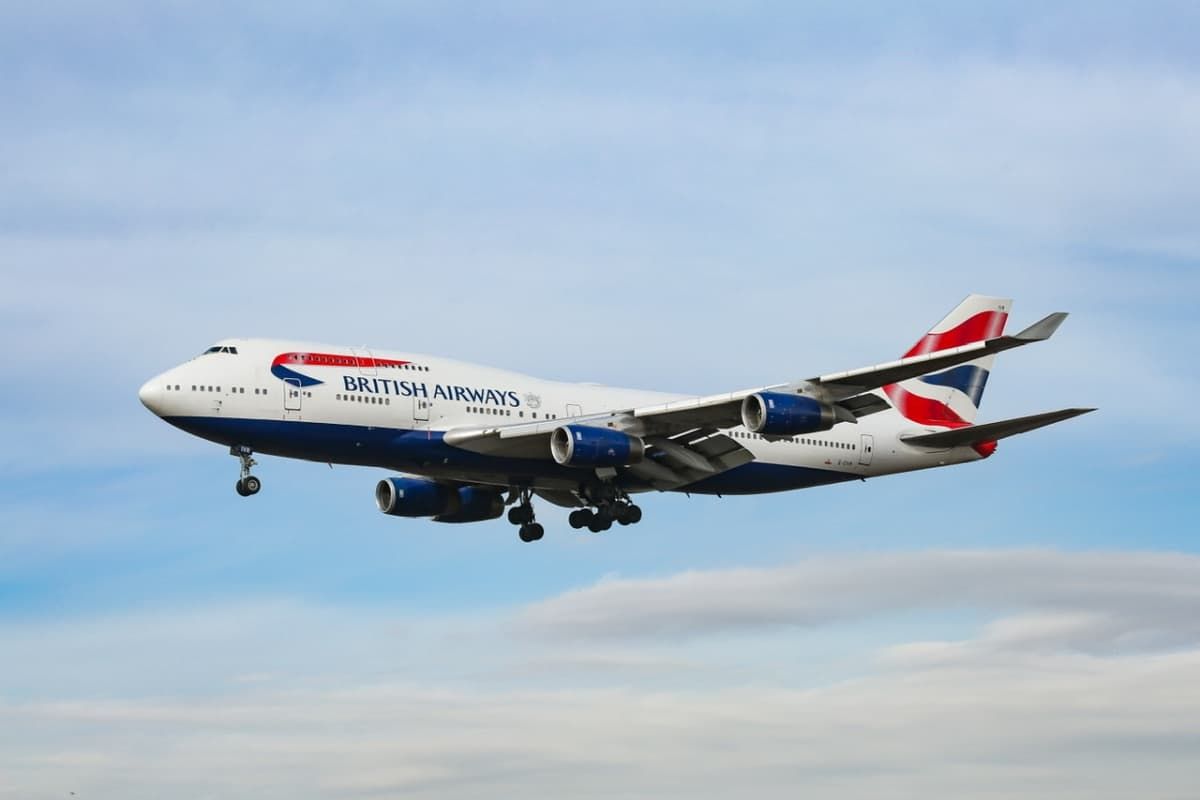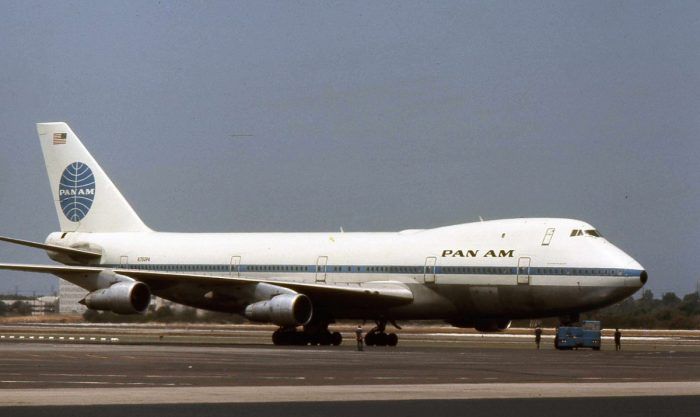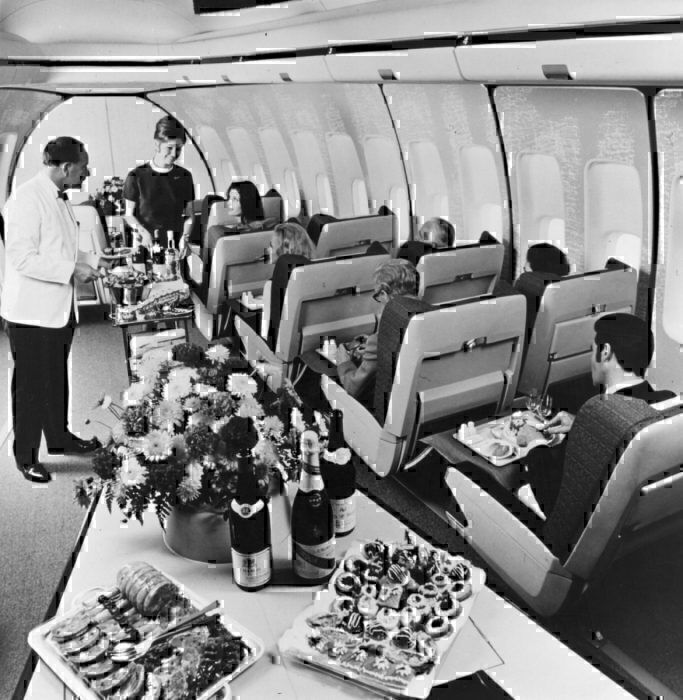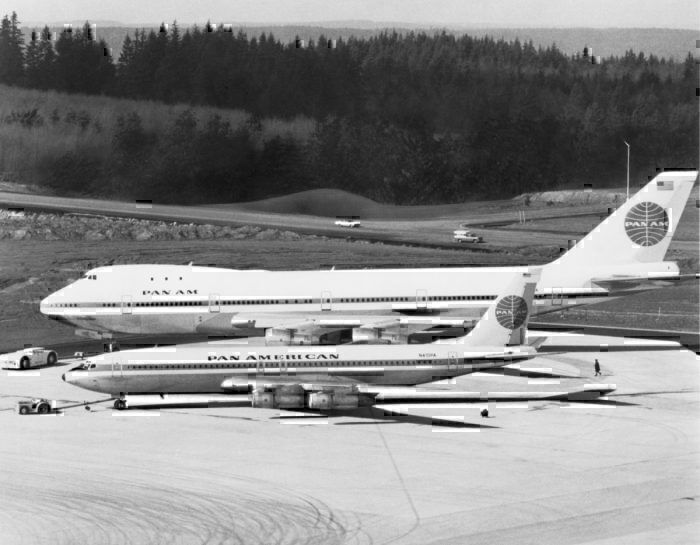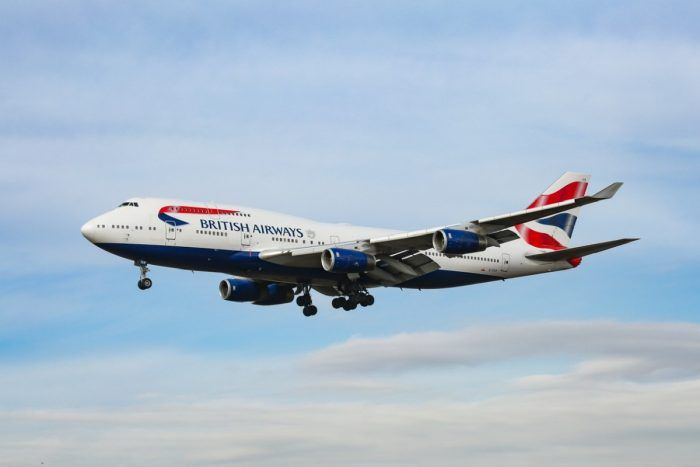It has been 50 years since the Boeing 747 conducted its first-ever passenger flight. The Queen of the Skies took off with Pan American World Airways in January 1970 and went on to rule the airline industry for decades.
It is fitting that the jumbo jet was introduced with Pan Am. The two American companies were iconic brands in the middle of the 20th century. The plane has left a legacy that has gone on to be talked about till today.
The 747 is the world's most recognizable aircraft and is still in operation across the globe. In fact, it continues to be the trusted transporter for the president of the United States. The White House has entrusted the 747-200B model to take on the role of Air Force One.
However, the aircraft was able to change the aviation industry across the board since its introduction in the 1970s. The jetliner set the standard for a new generation of flying.
Enter widebody
The jumbo jet could have looked entirely different before it was introduced. According to CNN, Pan Am founder Juan Tripp envisioned it to be a double-deck version of the single-aisle Boeing 707 model.
Nonetheless, Boeing managed to sway his mind and the final design saw the first plane developed with almost vertical sidewalls and a high ceiling. This gave a whole new feeling of space for travelers, who could also be grouped into partitioned cabins with galleys and lavatories splitting each section. This build became the norm going forward, especially for long-haul services.
Airport overhauls
The 747 can typically seat 366 passengers in three travel classes. However, with its upper deck, long build, and wide design, even the early models such as the -100 and -200 took capacity to a new level.
Hundreds of fliers were starting to regularly depart and land at one time. Therefore, airports had to swiftly keep up with the new demand. Lounges, check-in counters, and terminals all saw upgrades in the decades that followed the introduction of the jet. Before this, several hubs were designed to cater to a privileged few.
The price is right
With several more passengers being able to fit on one aircraft, more people could easily access travel by air. Moreover, Airline Ratings reports that the 747-100 used 33 percent less fuel than the 707-320C it would replace.
Ultimately, this helped airlines maintain an economic business model as they could make a profit on regular services, which was an everyday struggle previously. Additionally, with the cost being fair for both operators and customers, new passenger segments started to fly for the first time.
Opening up the skies
With the gates now open for millions, the 747 was easily able to connect people and businesses across nations. Bill Gates called the airliner “the world first world wide web” for its ability to knock down barriers between people and countries. Ultimately, lifestyles and economies were helped to be shaped by the plane.
Back-up plan
With the aviation industry going through a transition period in the 1960s, Boeing wanted to future-proof the 747. At the time, supersonic travel was expected to be the next big thing. Therefore, there were some concerns about the future of standard jets.
To ensure that jumbo stayed in use, the manufacturer engineered also designed it to be a freighter. The main deck of it was sized about 20 feet wide so it can handle two standard cargo units. To assist with the loading process, the nose of the cargo model opened up and pivoted upwards.
Engineering feats
Engine specialist Pratt & Whitney changed the shape of jet engines going forward with the introduction of its JT9D turbofans for the plane. This engine differed from earlier power plants by placing a huge fan at the front of the aircraft.
This engine was much quieter and more powerful than previous builds. It also had greater fuel efficiency and created a buzzing noise when it departed runways. This was much preferred to the screeching sounds that many previous models made.
Altogether, the 747 took the capabilities of the jet engine to even greater heights. There is no doubt that millions have fond memories of the jumbo jet over the last half a century thanks to its pioneering ability to connect passengers across the globe.
Today, over 1,500 have been built and just under 500 of them are still in use. Even though airlines are looking at newer aircraft models for operations, there is nothing like the experience of the Queen of the Skies.
Do you have any fond memories of the 747? Share your thoughts with us in the comment section.

